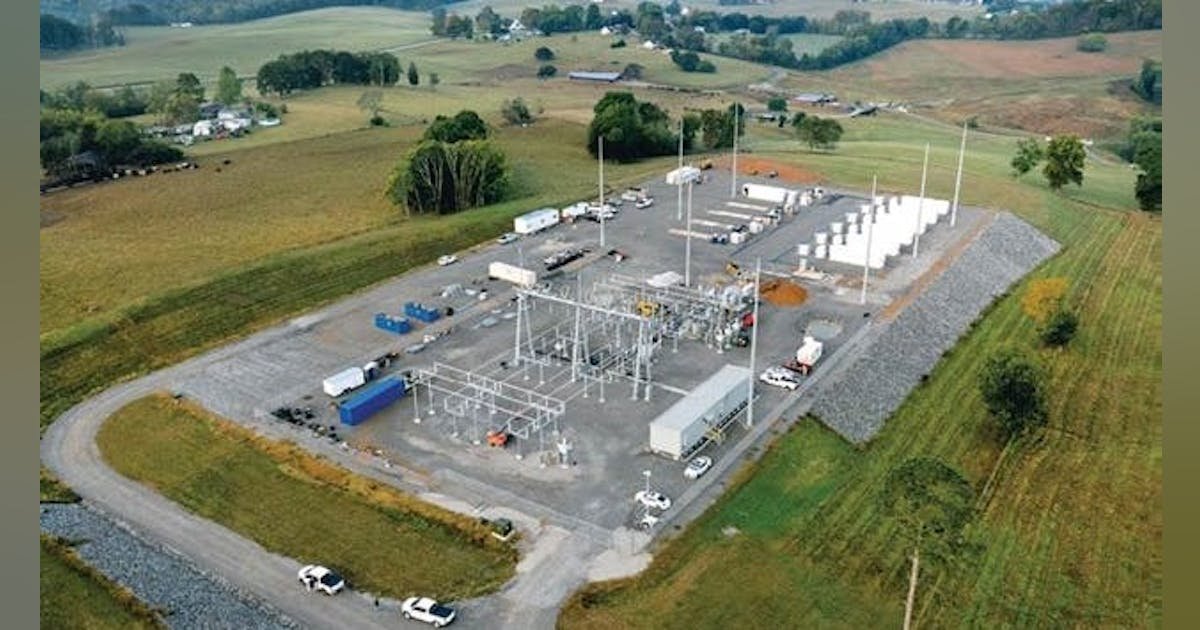How Storage Helps TVA
There is an imbalance between electricity demand and the amount of available solar energy throughout the day. When this load imbalance is shown in a graph, it creates a curve — known by the industry as the duck curve. Check out the video below to learn what causes the duck curve, how it impacts the grid and TVA’s plan for ensuring energy is available when residents need it most.
The Difference Between Short- and Long-Duration Energy Storage
Short-duration storage provides four to six hours of stored energy and is responsible for smoothing and stabilizing the inconsistent energy produced by renewable energy resources. Lithium-ion batteries are the most common form of short-duration energy storage, with additional research and pilot projects aimed at testing other types of battery chemistries like flow and iron saltwater batteries.
Long-duration storage offers over six hours of sored energy. This type of energy storage can also provide backup power during extreme weather events, when grid performance and energy accessibility are affected. The most common form of long-duration energy storage is pumped hydro, both in the U.S. and worldwide. In fact, TVA has been a leader in energy storage for the past 60 years with the Raccoon Mountain pumped hydro facility. TVA relies on this resource to routinely balance our system during fluctuations on the grid. There are other types of long-duration energy storage, like compressed air and gravity storage.
While short- and long-duration storage technologies operate differently, both benefit the energy system by supporting the reliability of existing plants, providing additional load capacity and contributing to grid services. Both storage types will be key to maintaining grid resiliency while ensuring customer reliability as supply and demand change in the energy system. As technologies for energy storage continue to emerge, we’re excited to add more energy storage options to our fleet.







